Social media can either make or break your brand’s image.
One viral post 一 that’s all it takes to ignite a movement, catapult your brand to global fame, or destroy its years of reputation in the blink of an eye.
With 5.17 billion global social media users sharing and shaping opinions daily, social media is a crucial channel for PR. It helps you build brand awareness, attract potential buyers, and feature in posts by top creators in your industry.
However, one wrong move, and you will find yourself in a PR crisis 一 receiving instant backlash from large audiences that may even trigger a brand boycott.
Since PR and social media go hand in hand, let’s explore how to leverage this powerful duo to amplify your message, build trust, and boost visibility and engagement.
In this guide, we will uncover:
- How your brand can benefit from combining social media and PR
- 10 best social media PR strategies to elevate your brand recall
- Real-world successful campaigns you can take inspiration from
Social media PR refers to using social media channels to build a positive brand image in the minds of your target audiences. Some popular social channels include Instagram, TikTok, Facebook, Twitter (now X), LinkedIn, and YouTube.
Social media PR involves:
- Managing your brand’s reputation by tracking and responding to social mentions of your brand and products
- Swiftly handling crisis communication such as negative press and customer complaints
- Interacting with social media followers, industry leaders, and influencers to build trust and credibility
- Monitoring your brand’s conversations to assess and cater to public sentiments
Most people discover new things and products on social media.
48% of Gen Z and 47% of millennial consumers prefer to learn about new products through short-form video platforms like TikTok and Instagram Reels. 76% attest to purchasing a product after discovering it on their social media feeds, with 11% buying immediately and 44% later.
With the growing number of social media users, integrating social media platforms into your brand’s PR strategy is necessary. It offers several advantages, including:
- Amplified reach and visibility: Your brand’s message reaches a wider audience through trending hashtags and influencer collaborations. One viral campaign can inflate your visibility. Take, for example, a well-timed TikTok video that gains millions of views within hours, escalating your brand’s message faster than traditional media.
- Reputation management: 53% of consumers expect your brand to respond to their questions within a week. Social media gives your brand an immediate response channel, allowing you to effectively manage crises and build credibility.
- Direct audience engagement: Social media gives you a chance to have meaningful conversations with your audience through comments, direct messages, and live Q&A sessions.
- Community building: This is the heart of PR. However, fostering genuine relationships requires more than just posting. You need to create resonant content, respond to comments, acknowledge user feedback, and host virtual meetups. Turn customers and followers into your brand advocates.
- Strengthened brand recall: Posting consistently across social channels keeps your brand at the top of your customers’ minds. Leverage interactive polls, thought-leadership content, and behind-the-scenes videos to maximize brand recall.
- Earned links and SEO boost: When PR campaigns gain momentum on social media, they often attract blog mentions, media coverage, and external site links. Notably, social media drives 16% of all website traffic, with Facebook having a 63.90% share of this referral web traffic.
- Cost-effectiveness in comparison to traditional PR: Traditional PR requires higher media outreach and advertising investment. In contrast, social media PR is a cost-effective way to build brand awareness through organic reach, targeted promotions, and influencer partnerships.
While social media press releases offer several benefits, they do not go without risks. If you do not manage your social presence properly, it can harm your brand’s reputation just as fast as it can help build it.
Here are some of the risks associated with social media PR that you should be aware of:
- Misinformation can go viral within minutes, tainting your brand’s image before you even get a chance to respond.
- One wrong step, like an insensitive post, can spur widespread backlash, making customers boycott your marketing campaigns and products.
- Social media exposes your brand to competitors, trolls, and aggrieved customers who can flood your comment sections with negativity.
- Social media allows users to steer discussions, which may sometimes be skewed, negatively affecting your brand’s image.
- Your PR team has to be on standby 24/7 to handle crises. Otherwise, a delayed response can aggravate the situation.
The right social media strategies go beyond merely posting informational content and brand updates. They involve engaging your audience, positioning your brand as a market leader, and managing its reputation.
We have compiled 10 pro tips to leverage social media PR to strengthen your brand recall and credibility.
1. Create Thought-Leadership Content
Thought leadership content helps build your brand’s credibility and position you as a topic expert in the industry. Notably, 59% of marketers use thought leadership ebooks or white papers to reach customers, spotlighting its significance in proving your expertise.
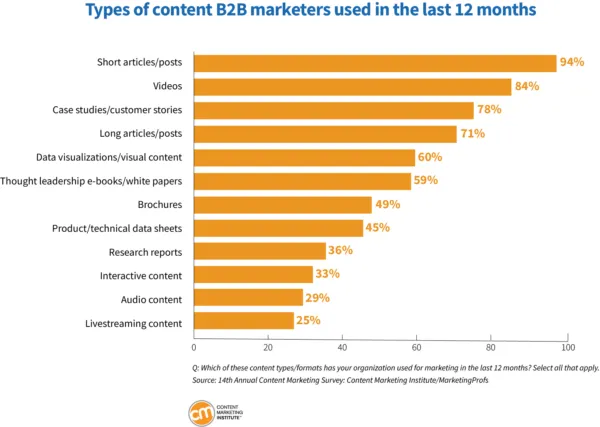
You can strengthen your brand’s authority by making your brand a go-to resource for all information related to your niche. To do this, share actionable insights to help others, comment on industry trends, and publish white papers and research reports.
Social media gives you an instant channel to share major business updates like acquisitions, product launches, or new store openings.
You can create countdowns, teaser campaigns, or behind-the-scene previews to create buzz about your upcoming launch or event before making the big announcement. This builds customer anticipation and excitement, a strategy that brands like Apple and Tesla have mastered for launching their products.
We also announce our new product features and company updates through our LinkedIn page to keep our users updated and also gather their feedback.
3. Create Immersive Experiences for Your Target Consumers
54% of video consumers are willing to see video content from their favorite brands. 72% admit that they prefer to learn about a product or a service through videos.
So, instead of using static posts, you can create engaging experiences through videos, Q&A sessions, or virtual product demos.
An example is how Sephora capitalizes on Instagram and TikTok Live to reveal new products and stores. They post on their official accounts and also get featured in posts by top digital publications about fashion and beauty (Glossy, for example), keeping their audiences engaged.
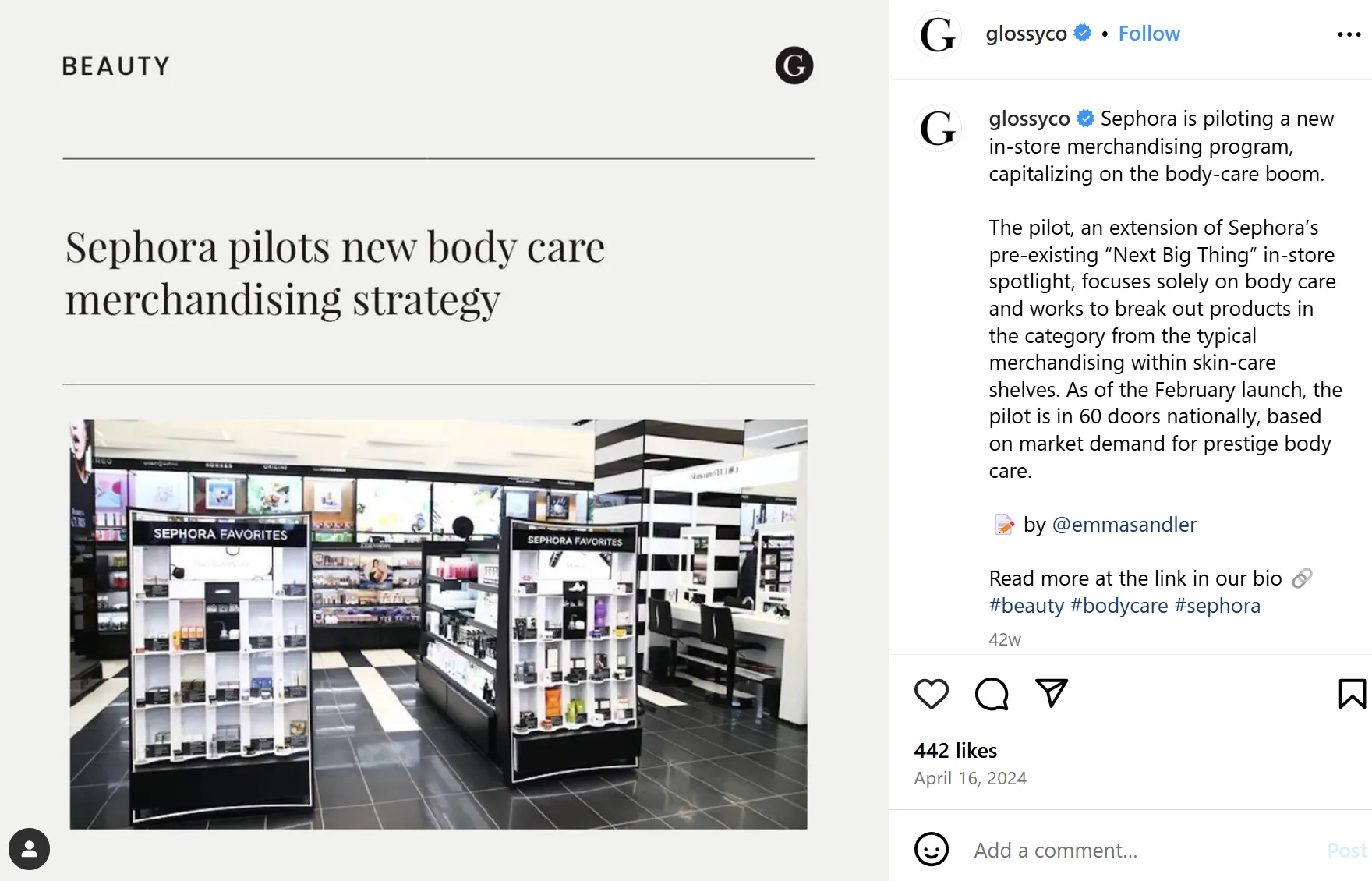
4. Leverage User-Generated Content (UGC)
Brands that use UGC record a 28% increase in engagement rates compared to those that don’t. That’s because customers find user-generated content 2.4x more credible than branded content.
Encourage your followers, customers, and employees to create content about your brand and products on social media. Their posts will help increase user engagement as audiences find consumers’ content the most authentic and trustworthy.
Here’s a post featuring from a digital marketing agency featuring us:
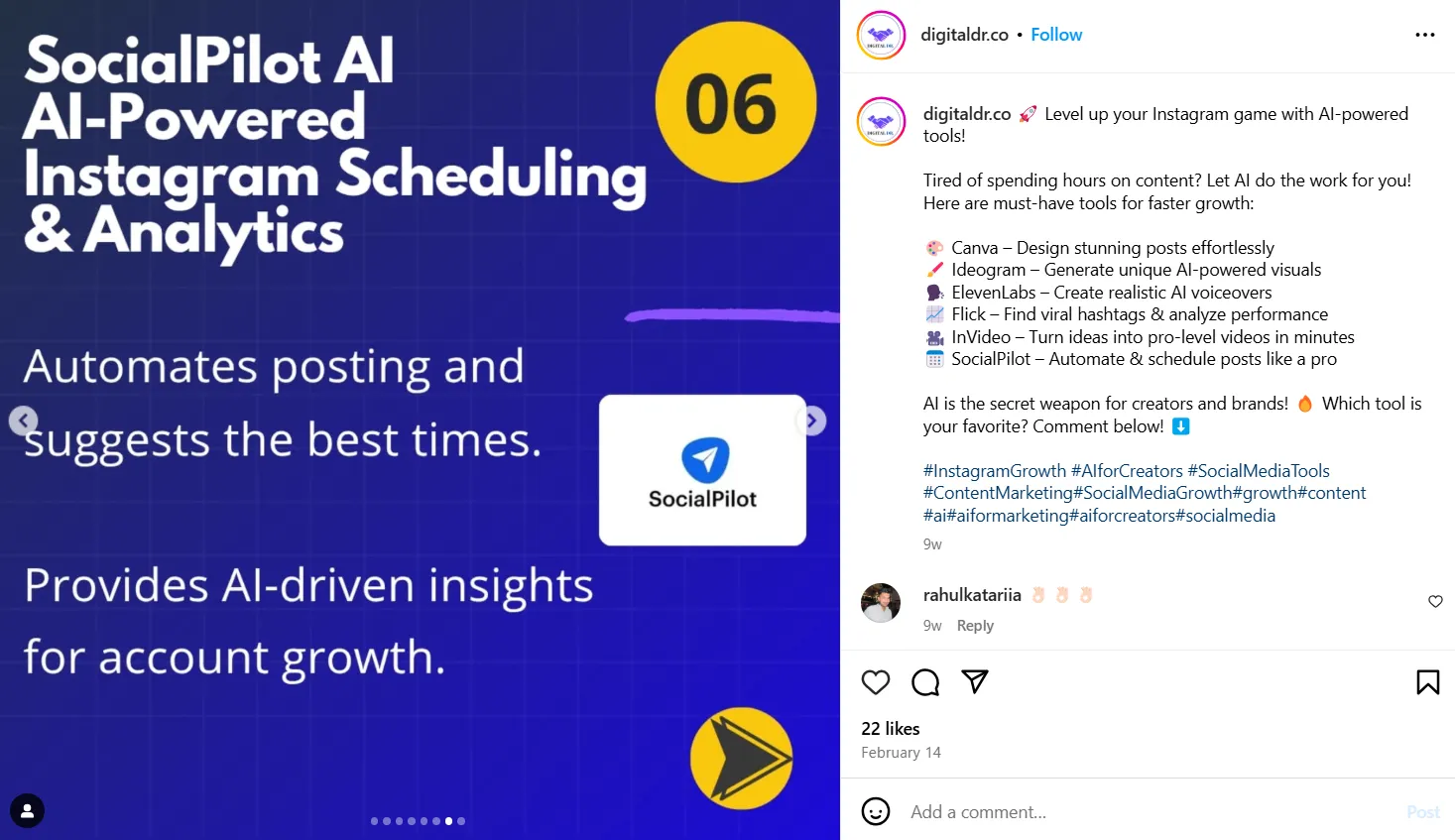
You can re-post UGC as reviews, testimonials, or part of creative challenges to show how real customers are using your products. Although this is a cost-effective social media PR strategy, it is highly engaging.
Branded hashtags help you boost discoverability and brand recall while allowing you to monitor relevant conversations.
For example, an authentic video by @looksbyhala showing how the skincare brand La Roche Posay helped heal her dry hands is enough to encourage conversations and attract potential customers. The user also tagged their branded hashtag, “#larocheposay” in the post.
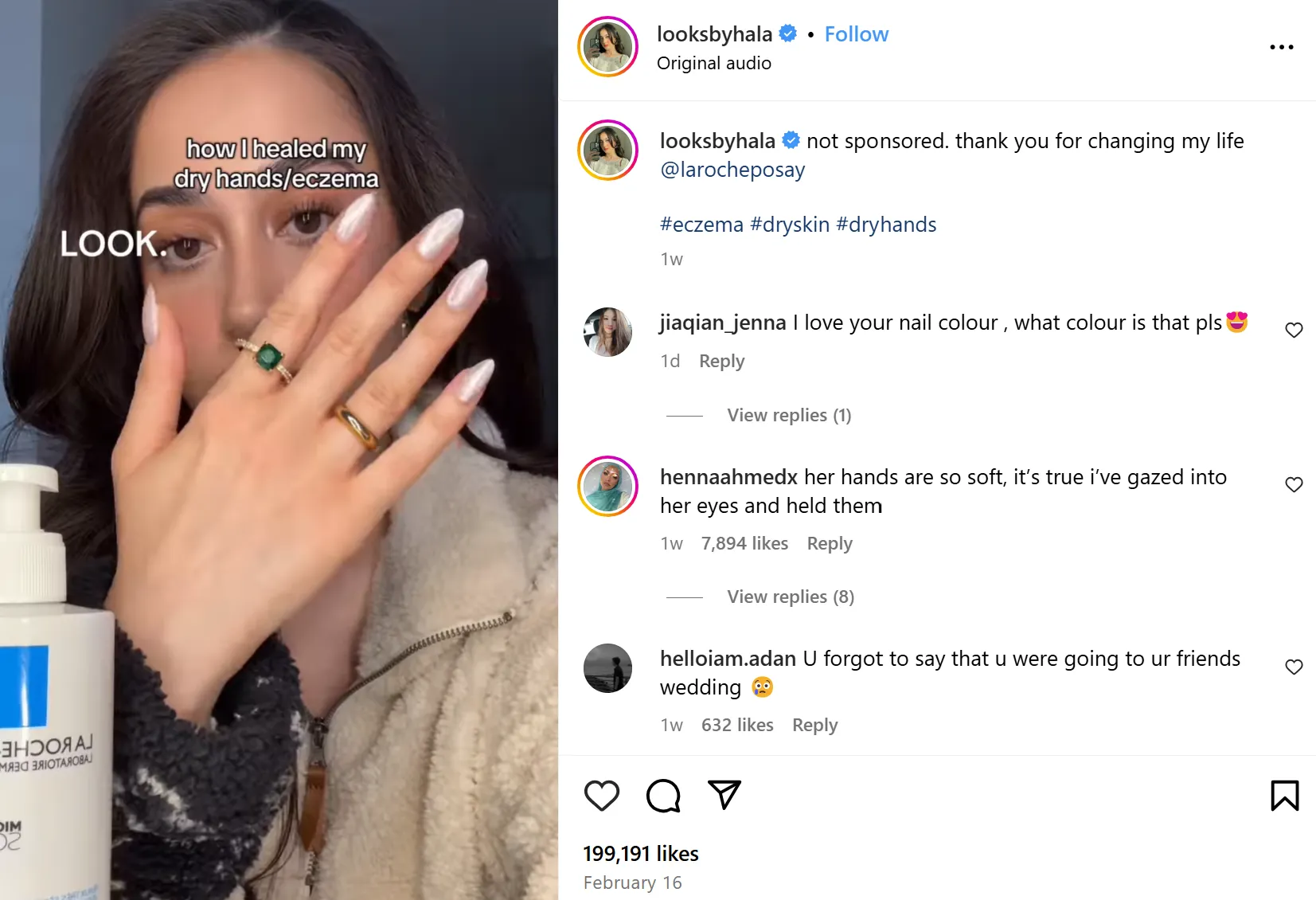
As a brand, you should encourage your audience to have conversations, just like this skincare brand ends most of their Instagram posts with a CTA to talk to them.
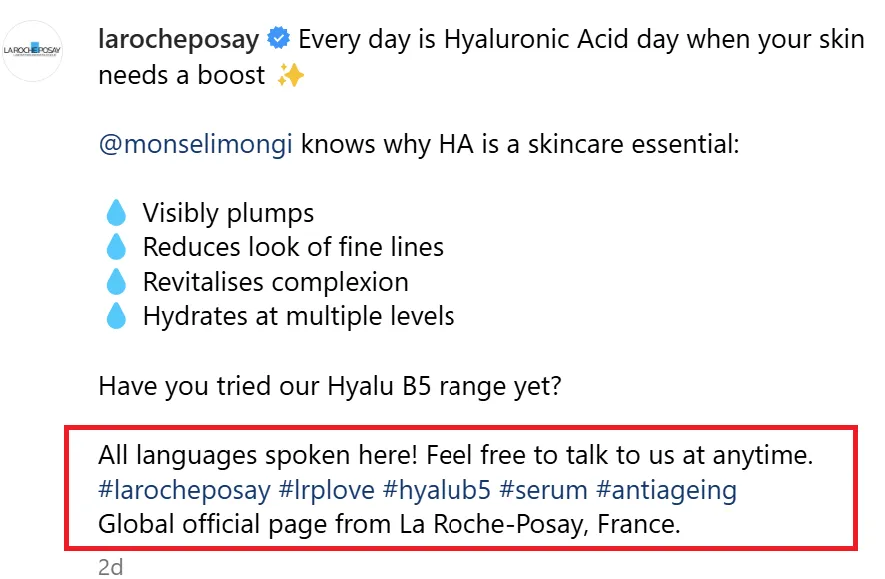
If you host or participate in an event, you can also create event-specific hashtags to consolidate your brand’s posts and visitor discussions.
6. Work with Influencers for Positive PR Coverage
Influencer marketing harmonizes PR with social proof by capitalizing on credible voices in your industry. Surprisingly, 69% of consumers trust influencers over information published directly by a brand.
Besides this, influencer campaigns’ engagement rate is 4.2 % higher than traditional paid ads. So, partnering with influencers allows your brand to tap into their networks and organically drive followers, leads, and customers to your brand.
7. Nurture Relationships with Journalists for PR
Journalists are often highly active on social media platforms and their content shapes public perception. So, building a relationship with them can improve your chances of getting good media coverage.
To stay on their radar, you can start by following journalists on their favorite social media platforms, sharing relevant content, interacting with their posts, pitching stories, and offering your insights on various industry topics.
PR Daily conducted a survey to understand what journalists prefer (and dislike) when it comes to PR pitches. They found that 73% of journalists reject irrelevant pitches.
As per the report, you can increase your pitch’s success rate by understanding the journalist’s audience and providing facts that make it easier for them to produce relatable content for their audiences.
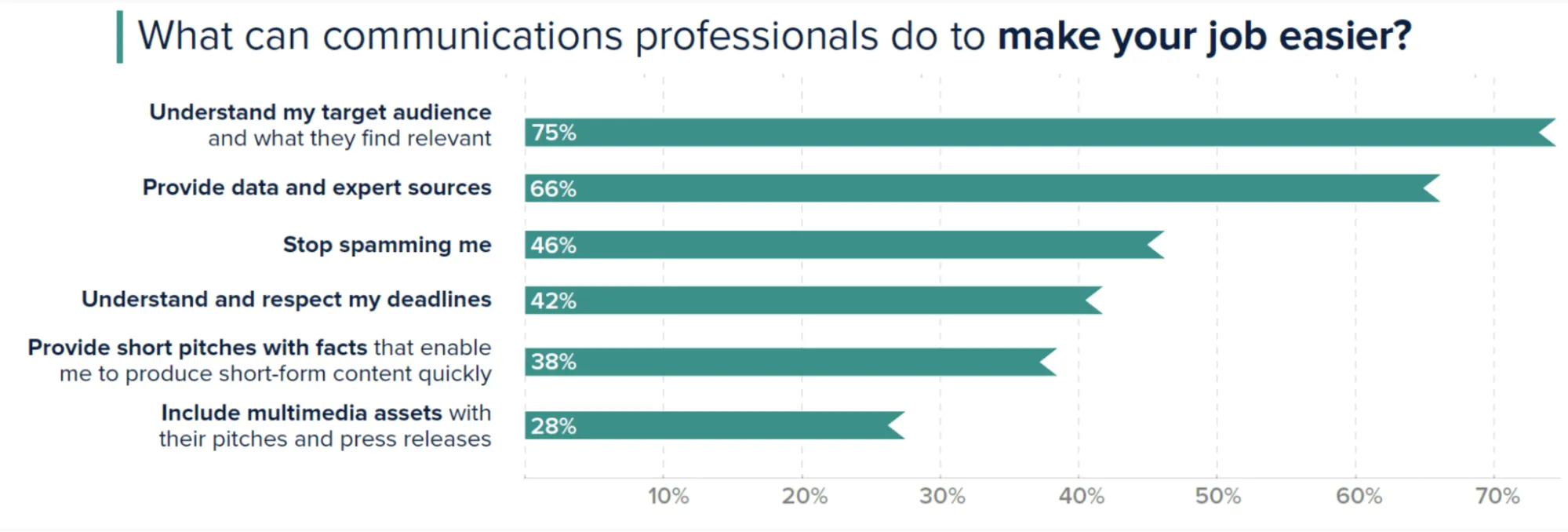
8. Highlight Case Studies and Testimonials
Case studies and testimonials are proof of your brand’s impact on your customers’ lives. They promote trust in your brand and influence potential customers by highlighting success stories and satisfied clients.
In fact, 72% of customers gain more trust in a business after reading its positive reviews and testimonials. You should, therefore, feature customer reviews in noticeable graphics, carousel posts, or short video clips.
You don’t have to track and share reviews manually. SocialPilot Reviews enables you to monitor your brand reviews from a single dashboard and also enable sharing of selective testimonials on your social media profiles using its social media scheduling functionality. Review marketing has never been that easy!
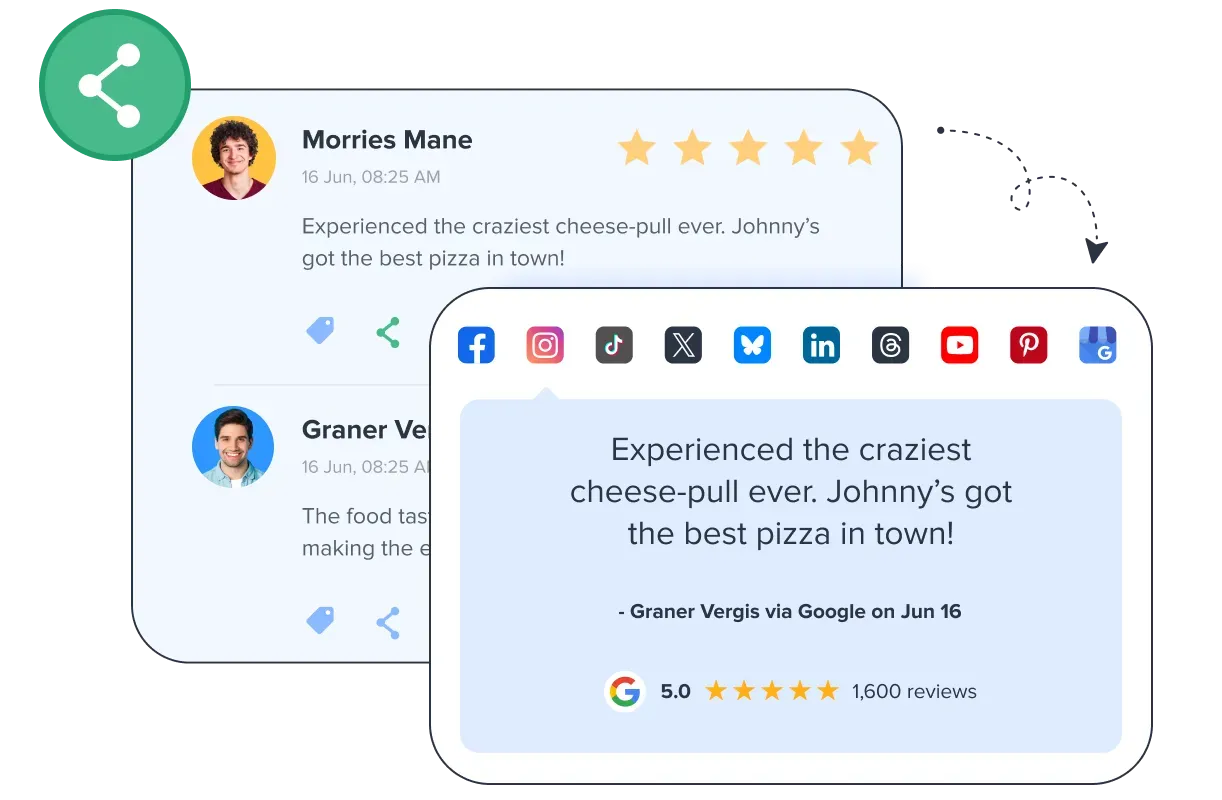
Publish case studies that show how your brand solves real-world problems to position it as an industry leader. You can also create a client spotlight series by featuring long-term customers in a series of posts, explaining how they benefited from your products or services over time.
9. Set Up a Proactive Crisis Management System
The truth is that social media crises can ruin your brand’s reputation in minutes.
Sadly, 76% of consumers would stop doing business with a brand after a single poor customer experience. That is why your brand should have pre-approved responses to mitigate potential crises and a dedicated PR team to track social media mentions in real time.
By responding quickly, you can reduce negative sentiments about your brand. Resolving issues quickly often helps you regain the customer’s trust and turn them into your brand advocates.
You don’t need to check in each platform individually to monitor comments or DMs that need immediate attention. Our social inbox feature lets you see comments and messages received on multiple channels and reply to them from a single dashboard.
This saves you time and hassle while helping you enhance communication consistency and build stronger customer relationships.
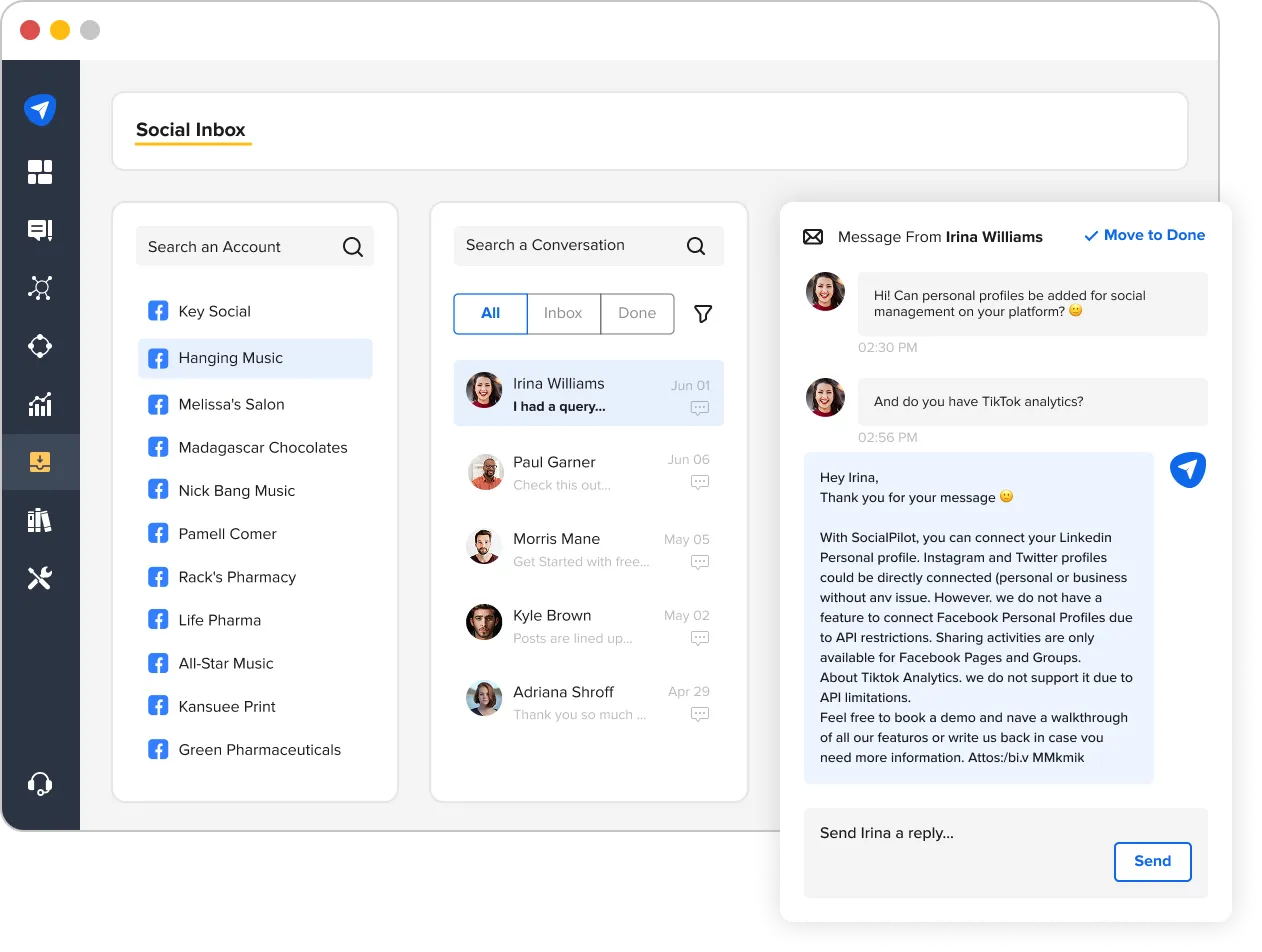
Social listening lets you monitor conversations, analyze public sentiments, streamline your PR campaigns, and promptly address crises without relying on guesswork.
Interestingly, brands that effectively use social listening tools can lower their crisis response time by 70%, averting potential harm to their brand. Besides this, social listening helps you understand your customer needs better, as per another report.
Integrating your PR efforts with social media ensures consistent brand messaging across channels, widens reach, and boosts user engagement.
You can maximize these advantages with these tried-and-tested social media PR practices:
- Understand the current social media space. Identify which platforms align with your business and PR objectives. For example, if your focus is visual storytelling, TikTok works best, while Twitter (X) is good for real-time updates and crisis handling.
- Maintain a consistent posting schedule. Posting periodically at specific times makes users anticipate your brand’s posts and keeps your brand at the top of their minds. You can use SocialPilot to plan your social media calendar and schedule your posts for auto-publishing effortlessly.
- Use social media to promote events. Create a buzz before, during, and after an event using Live tweets, Instagram Stories, TikTok hashtags, or LinkedIn event pages.
- Engage proactively with your audience. Respond to their messages, comments, and mentions to develop strong relationships with them. It helps foster trust.
- Collaborate with industry influencers and brand advocates. It will expand your brand’s reach and credibility.
- Ensure compliance and ethics. Uphold ethical communication benchmarks, adhere to platform policies, and mark content as sponsored to preserve your brand’s credibility and avoid legal issues.
- Measure performance using the right metrics. Monitoring KPIs like engagement rates, social shares, lead conversions, and traffic allows you to appraise your social PR success.
A tool like SocialPilot comes in handy when you want to analyze your content performance across all major social networks. Set your own parameters for report building 一 audience demographics, follower growth, and the pages or posts that drive maximum engagement and reach, or more. You can also set up automated delivery of reports by scheduling them and leverage these insights to adjust your PR strategy for greater brand building.
Successful case studies are a testament to the effectiveness of social media PR. We’ve highlighted three notable case studies to inspire your strategy.
Coca-Cola’s #ShareACoke campaign used personalization to promote its iconic bottles. By printing popular names on them, Coca-Cola encouraged individuals to locate and share their names on social media.
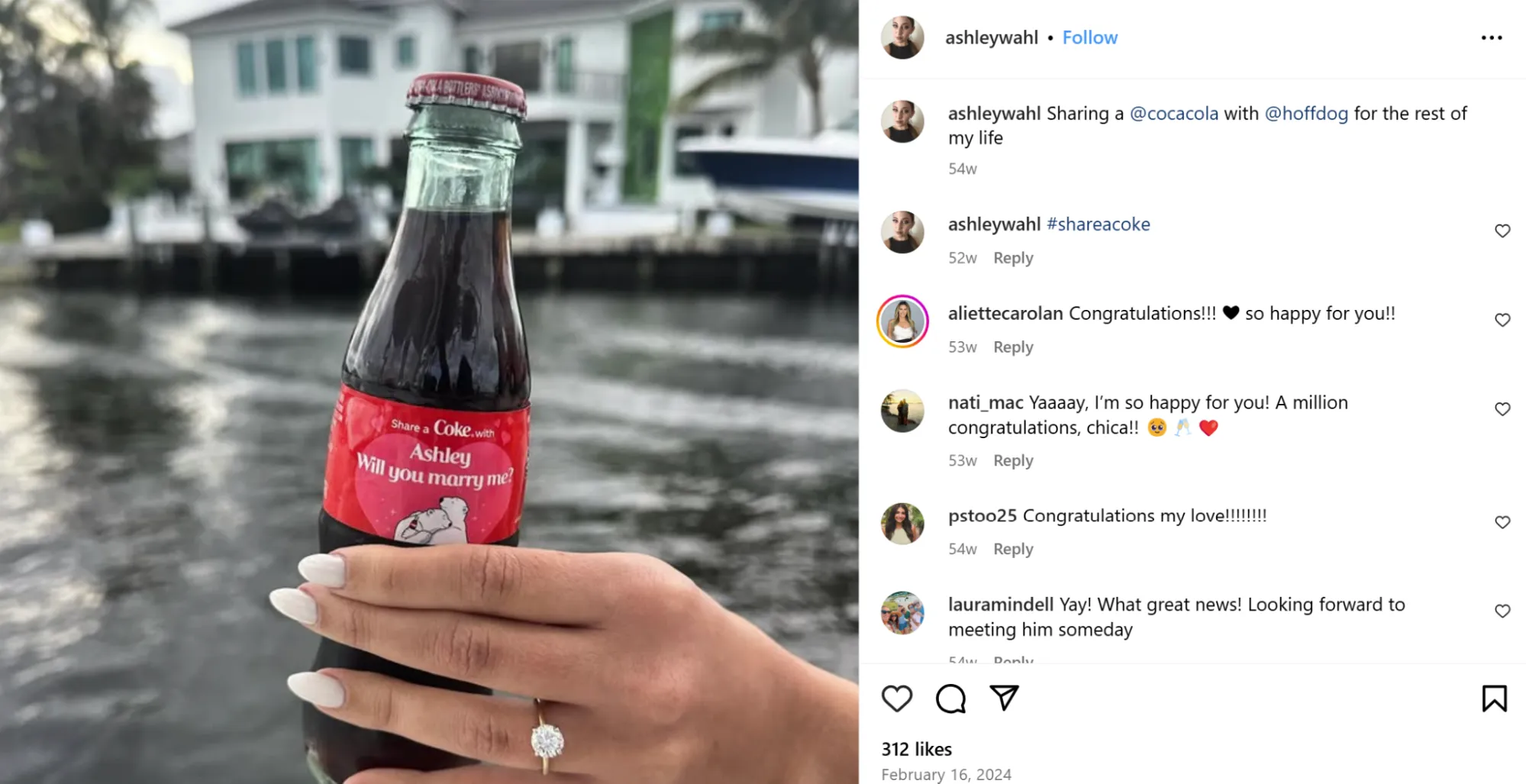
The campaign began in Australia in 2011 and swiftly spread globally, capitalizing on social media engagement and UGC to promote brand awareness. It is still relevant (even after a decade of its launch).
What makes it a successful social media PR campaign?
In the first year of launching this campaign, Coca-Cola generated approximately 25 million new Facebook followers and shared over 500,000 user-generated photos.
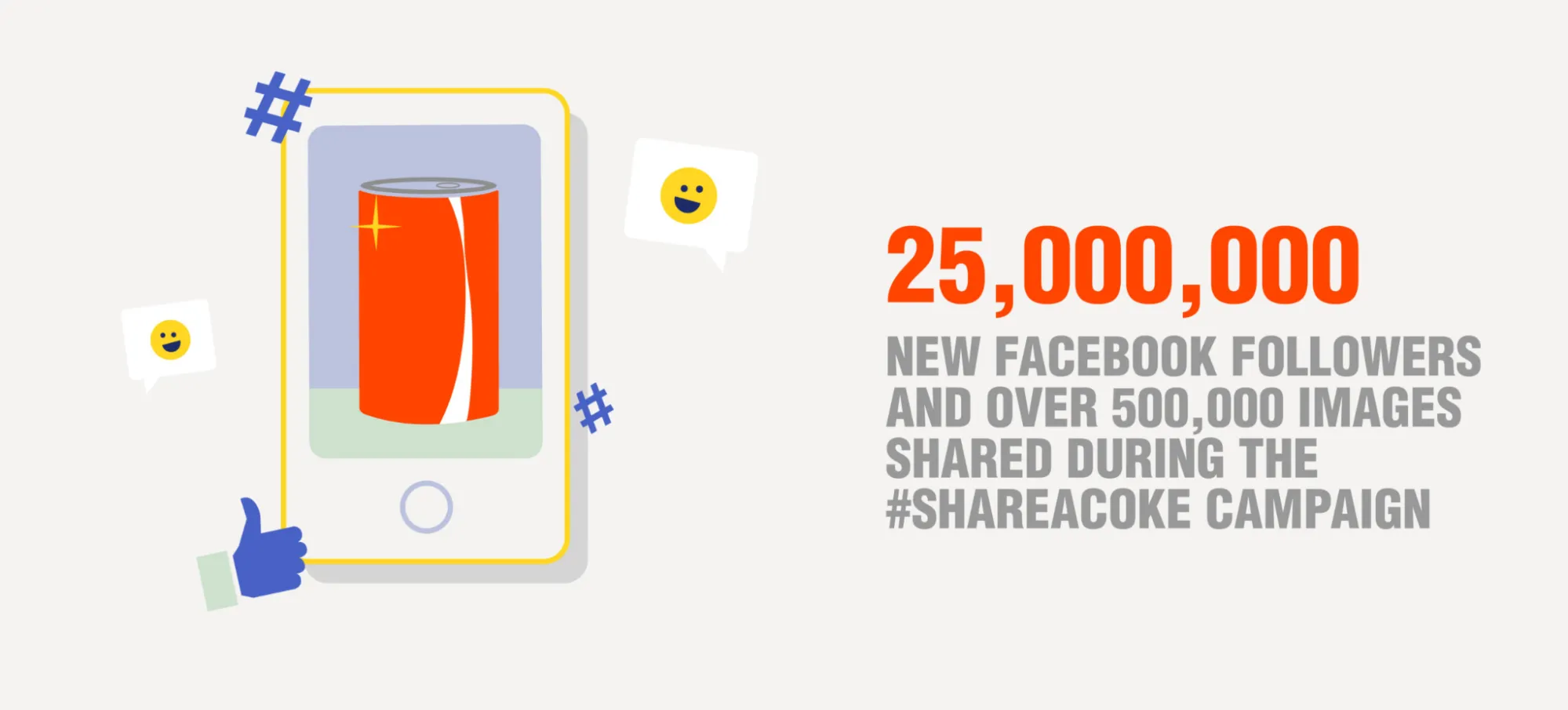
What’s more? It led to a 7% rise in young adult consumption of the cold drink and a 2% sales increase in the U.S. alone. The company’s market value increased by $1.8 billion within the campaign’s most successful year.
2. Wendy’s “Twitter Roasting” Campaign
Wendy’s is a fast food chain that made a bold move with its social media PR strategy. It took advantage of sarcasm, humor, and wit to engage users on Twitter (now X).

The company’s viral “roasting” approach encompassed playfully mocking competitors and engaging with their customers uniquely but entertainingly.
The campaign got so popular in 2017 that Wendy’s announced their own holiday 一 “National Roast Day.” On this day, Twitter users (including Wendy’s competitors) asked the brand to roast them.
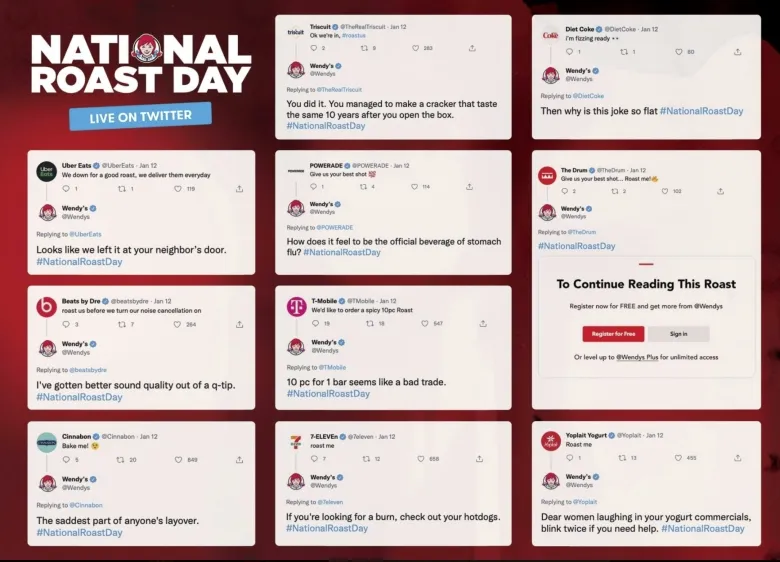
What makes it a successful social media PR campaign?
Wendy’s organically became a trending Twitter topic within 60 minutes of the first announcement tweet and the #5 trending topic across the platform.
Their National Roast Day gained over 130 million impressions within hours. The PR campaign also generated 30 million organic Twitter impressions and raised Wendy’s brand mentions by 1,224%.
3. Airbnb’s “#WeAccept” Diversity Campaign
Addressing inclusivity and diversity issues, Airbnb launched the #WeAccept campaign during the 2017 Super Bowl.
The campaign featured individuals of various backgrounds, spotlighting Airbnb’s dedication to diversity and inclusion in the travel industry. The company massively promoted its viewpoint across social media channels.
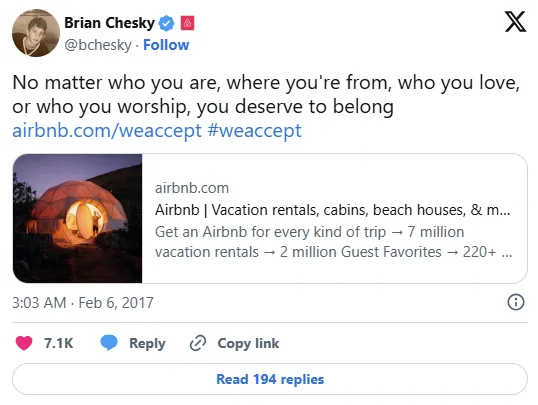
What makes it a successful social media PR campaign?
The #WeAccept campaign garnered over 87 million impressions and Airbnb gained over 33K tweets during the first half of the Super Bowl game.
Airbnb’s internal tracker showed that the campaign had an 85% positive audience sentiment. That’s not all. Airbnb’s Facebook and Instagram content that supported the campaign received 90,000 shares and over 500K likes.
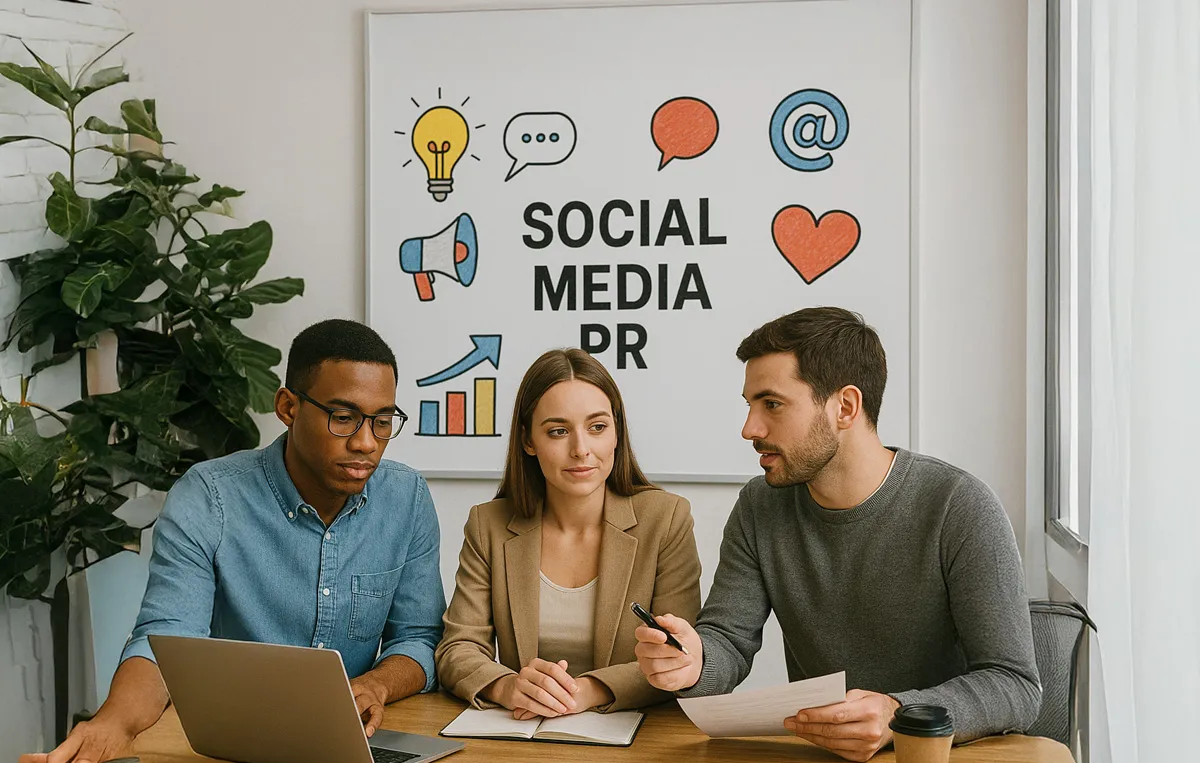
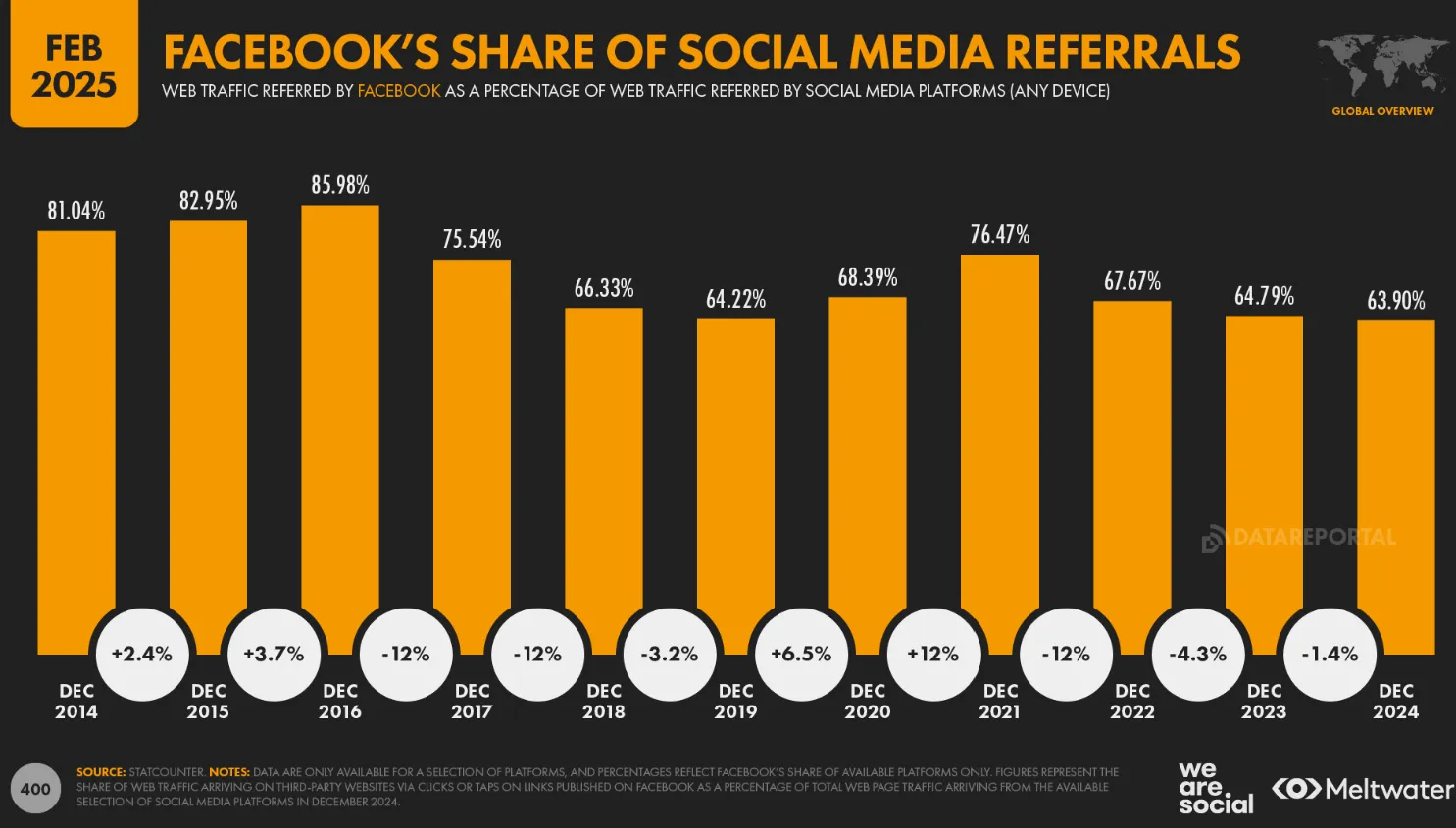
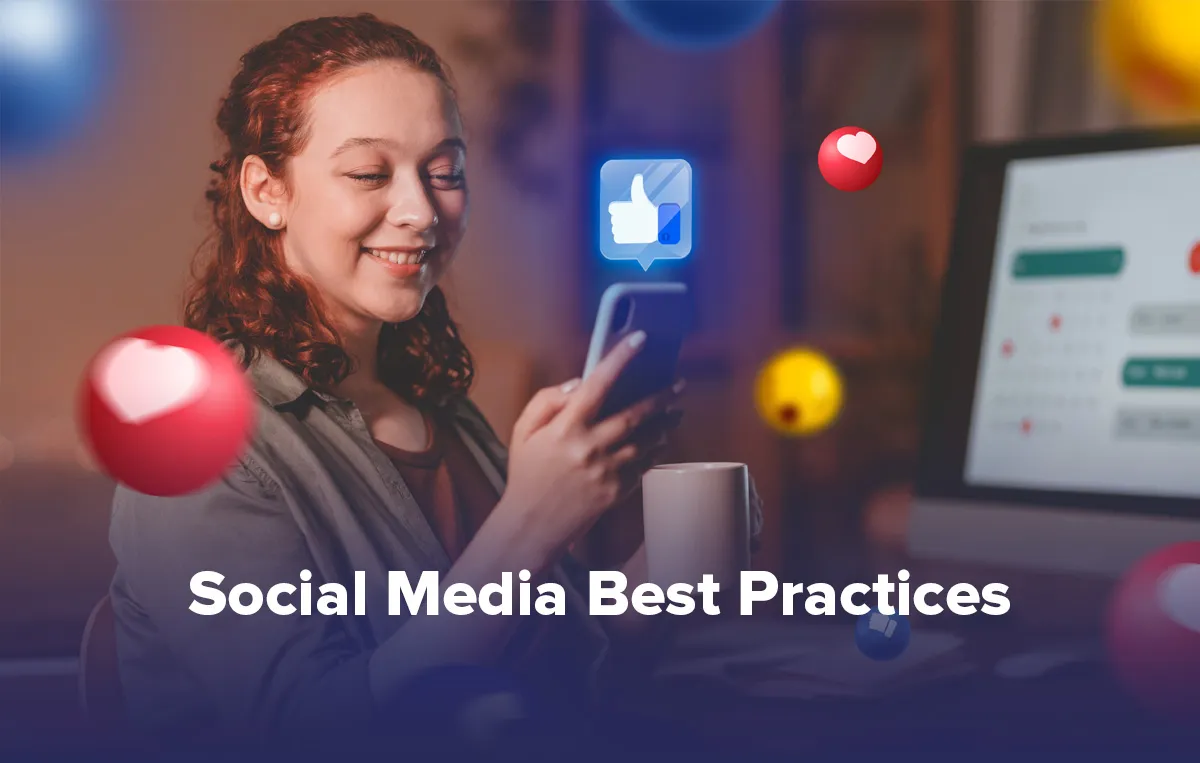
-359x188.png)
